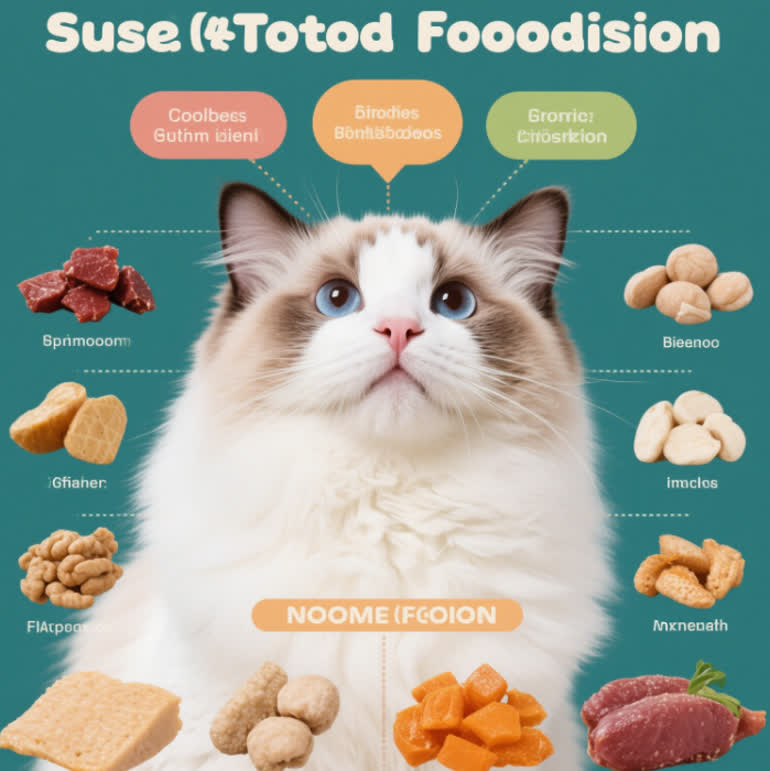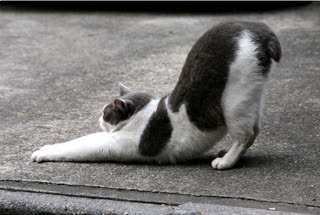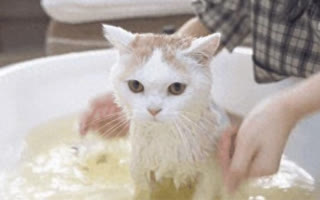Understanding the Ragdoll’s Digestive System
Key Nutrients for Sensitive Stomachs
- High-Quality Animal Protein
Opt for easily digestible sources like turkey, duck, or lamb. Avoid byproducts and fillers such as corn or wheat .
Example: Royal Canin Veterinary Diet Gastrointestinal Moderate Calorie contains hydrolyzed proteins for sensitive systems .
- Prebiotics and Probiotics
Look for foods with FOS (fructooligosaccharides) or probiotic strains like Bifidobacterium to support gut health .
Recommendation: Purina Pro Plan Fortiflora is a vet-recommended probiotic supplement .
- Omega-3 Fatty Acids
Found in salmon oil or flaxseed, these reduce inflammation and support skin health .
- Low Carbohydrates
Limit grains and starches to prevent bloating. Grain-free options like Hill’s Science Diet Sensitive Stomach & Skin are ideal .
Foods to Avoid
Dairy Products: Lactose intolerance is common in cats .
Artificial Additives: Preservatives like BHA/BHT can trigger allergies .
High-Fat Meats: Fatty cuts may cause pancreatitis in sensitive cats .
Transitioning to a New Diet
Days 1–2: 75% old food + 25% new food
Days 3–4: 50% old + 50% new
Days 5–7: 25% old + 75% new
Day 8+: 100% new food
Monitor for symptoms like diarrhea and adjust the pace if needed .
Top Recommended Brands
- Royal Canin Gastrointestinal
Formulated with highly digestible proteins and prebiotics for gut balance .
- Hill’s Science Diet Sensitive Stomach & Skin
Contains salmon and prebiotic fiber to support digestion .
- Purina Pro Plan Sensitive Skin & Stomach
Uses fish as a novel protein source and eliminates soy/wheat .
- Smalls Human-Grade Fresh Cat Food
Gently cooked meals with limited ingredients, ideal for picky eaters .
Homemade Diet Options
Recipe: Cooked turkey breast, pureed pumpkin, and boiled green beans. Avoid onions, garlic, and dairy.
Consult a Vet: Homemade diets require careful nutrient balancing to prevent deficiencies .
Feeding Tips for Ragdolls
Small, Frequent Meals: Divide daily portions into 3–4 meals to reduce digestive stress .
Wet Food Over Dry: Wet food improves hydration and is easier to digest .
Raised Bowls: Elevated dishes may reduce vomiting caused by rapid eating .
When to Consult a Veterinarian
Hypoallergenic Diets: Hydrolyzed protein formulas like Hill’s z/d .
Prescription Medications: Antibiotics or anti-inflammatory drugs for underlying conditions .
Real Owner Success Stories
Case Study 1: A Ragdoll with chronic diarrhea improved on a limited-ingredient diet of duck and sweet potatoes .
Case Study 2: Switching to a probiotic-rich wet food resolved vomiting in a sensitive adult Ragdoll .
Common Myths Debunked
Myth: Grain-free diets are always better.
Fact: Some Ragdolls tolerate grains well; focus on protein quality instead .
Myth: Raw diets cure sensitive stomachs.
Fact: While beneficial for some, raw food may not suit all Ragdolls and requires strict hygiene .










